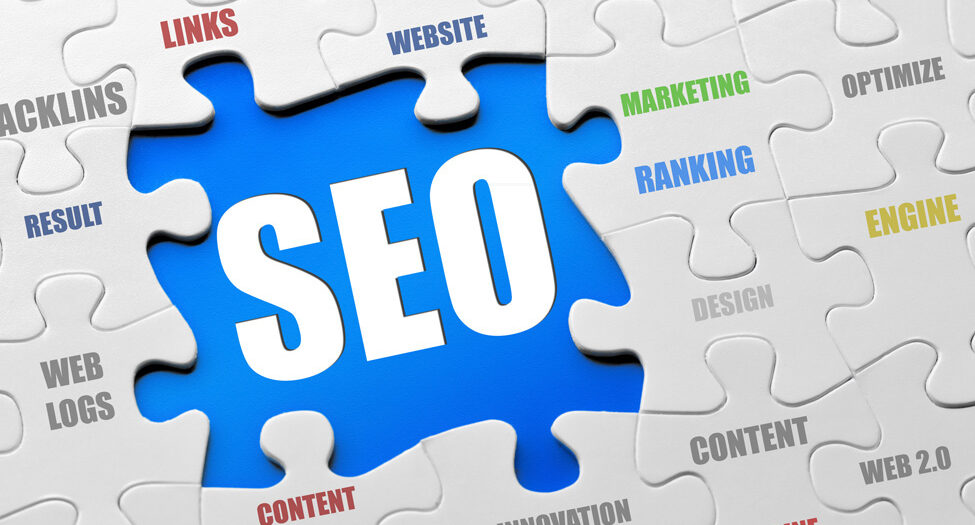SEO Optimization: The 1 Mistake Killing Your Rankings
Introduction SEO Optimization techniques are key to ranking higher on Google, but one of the biggest mistakes website owners make is ignoring site speed. A slow website leads to high bounce rates, poor SEO Optimization performance, and lower rankings. If your website loads slowly, visitors leave before they even see your content. Studies show that a 1-second delay in page load time can reduce conversions by 7% and increase bounce rates. Google also considers page speed a ranking factor, meaning a slow site can hurt your SEO Optimization rankings and traffic. So, what’s the #1 SEO Optimization mistake affecting your rankings? A slow website! But don’t worry—we’ll show you how to fix it and boost your site’s speed for better SEO Optimization results. Why Site Speed Matters for SEO Optimization A slow website affects your search engine rankings, user experience, and conversions. Here’s why site speed is critical: ✅ Google Ranking Factor – Google prioritizes fast-loading websites in search rankings, impacting SEO Optimization. ✅ High Bounce Rates – A 1-second delay can decrease conversions by 7% and increase bounce rates, affecting SEO Optimization. ✅ Mobile Optimization – Slow sites frustrate mobile users, harming SEO Optimization engagement and performance. Let’s look at how to fix this SEO Optimization issue with proven solutions. How to Fix This Issue 1. Install a Caching Plugin Caching reduces load time by storing static versions of your pages. The best caching plugins include: 🔥 WP Rocket – Best for all-in-one optimization and speed enhancement. 🔥 W3 Total Cache – Free but powerful for website performance. 🔥 LiteSpeed Cache – Ideal for LiteSpeed servers. Pro Tip: Use caching with a CDN (Cloudflare) for even better results. 2. Optimize Images Large images slow down your website, making it one of the most common mistakes. ✔️ Convert images to WebP format for smaller file sizes. ✔️ Compress images with Smush or ShortPixel. ✔️ Enable Lazy Loading to load images only when needed. Pro Tip: Resize images before uploading to reduce file size and improve performance. 3. Minify CSS, JavaScript & HTML Too much unoptimized code increases load time and hurts performance. 🚀 Use Autoptimize to minify and combine CSS & JavaScript. 🚀 Remove unused scripts with Asset Cleanup. 🚀 Enable Gzip compression via your hosting provider. Pro Tip: Avoid installing too many plugins, as they slow down your website. 4. Choose a Fast Web Hosting Provider Cheap, low-quality hosting affects website speed. Upgrade to: ⚡ SiteGround – Best for WordPress speed & security. ⚡ Cloudways – Great cloud hosting performance. ⚡ Kinsta – Premium managed WordPress hosting. Pro Tip: Look for LiteSpeed servers for faster performance. 5. Enable a Content Delivery Network (CDN) A CDN speeds up your website by delivering content from multiple locations worldwide. 🌍 Cloudflare (Free & Paid) – Best for speed & security. 🌍 BunnyCDN – Affordable and fast. 🌍 Amazon CloudFront – Enterprise-level CDN. Pro Tip: Use a CDN with caching and image optimization features for better results. Bonus Tip: Reduce External Scripts External scripts like ads, fonts, or social media widgets can slow down your website. Here’s how to fix it: ✅ Limit the number of third-party scripts. ✅ Use locally hosted fonts instead of Google Fonts. ✅ Disable unnecessary tracking scripts and analytics. Conclusion If your website is slow, it’s killing your rankings and user experience. Fixing this issue is essential for better performance and higher traffic. Quick Fixes Recap: ✔️ Install a caching plugin for speed optimization. ✔️ Optimize images for fast loading and better performance. ✔️ Minify CSS, JavaScript & HTML to improve site efficiency. ✔️ Upgrade to fast web hosting for reliable performance. ✔️ Use a CDN for global speed improvements. ✔️ Reduce external scripts to prevent slowdowns. By implementing these steps, you’ll improve search rankings, boost traffic, and create a faster, more user-friendly website. Start optimizing today and watch your site climb the rankings! 🚀



